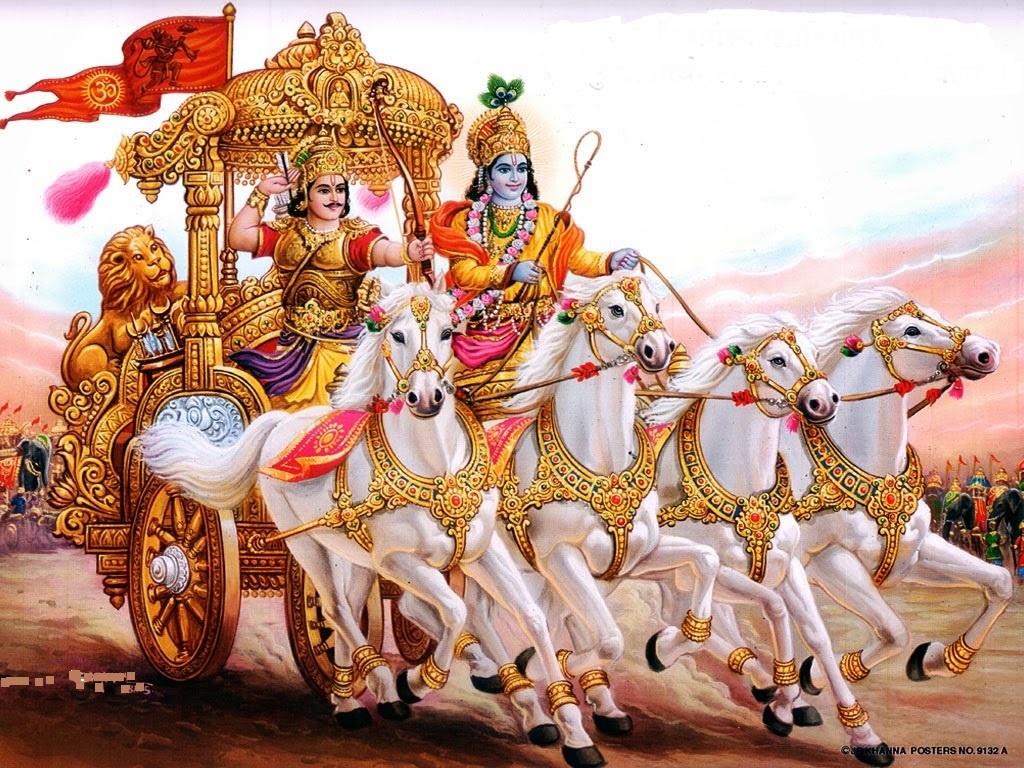The Spiritual Import of the Mahabharata and the Bhagavad gita-19.12.
28/10/2017.
19: True Knowledge : 12.
Thus it is that we are told that this is the object of knowledge. We would be wondering how only this can be called the object of knowledge as if there is nothing else. We have the various sciences and arts in this world—are they not objects of knowledge?
They are the ‘snakes’; here is the ‘rope’. And so, this alone is the supreme object of knowledge, and when this is known, everything else is known automatically. When this One Thing is known, all the multifarious variety in the form of this creation is at once known instantly.
Now, towards this end, the analysis of purusha and prakriti is made again in this very chapter. The purusha and prakriti stand as consciousness and its object. The whole of philosophy, whether in the East or in the West, is an analysis of this relationship between consciousness and its object, and it is not an easy thing to understand this relation. However much we may rack our brains, the object stands apart from consciousness.
Not merely that, sometimes the object has the audacity to assert its supremacy over consciousness, and materialism supervenes, concluding that even consciousness is an offshoot, a gradation of matter, as if the subject does not exist at all—the cart has come before the horse.
This is the lowest condition of experience, where we lodge ourselves in the objects, lose ourselves completely in things, kill ourselves, as the Isavasya Upanishad puts it—commit suicide in the midst of these objects, drown ourselves in objectivity and completely destroy our subjectivity wholly; and then that is called hell, the inferno as called in theology.
To be continued ....
Swami Krishnananda





Comments